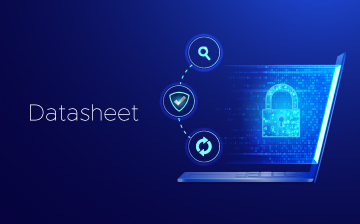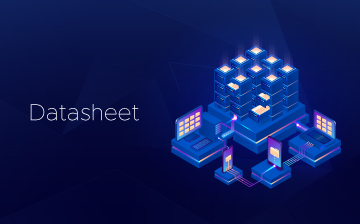RestoreManager creates a central file index of every NetApp snapshot, giving you a single catalog-based view into your files. You can search snapshots using multiple criteria and restore files and folders right with a single click and see detailed file analytics. RestoreManager indexes both primary and secondary storage given primary snapshots are usually only maintained for a few days. By also indexing SnapMirror and SnapVault destination volumes, you can find older versions of files that have been moved off your primary storage.
Immediately after a new Snapshot of a volume has been generated, RestoreManager uses the SnapDiff API to gather the relevant metadata from the files and folders and loads this data to its central database. Searching is now easy with this central index in place. A single click restores the files you find to a specific folder or to their original location.


